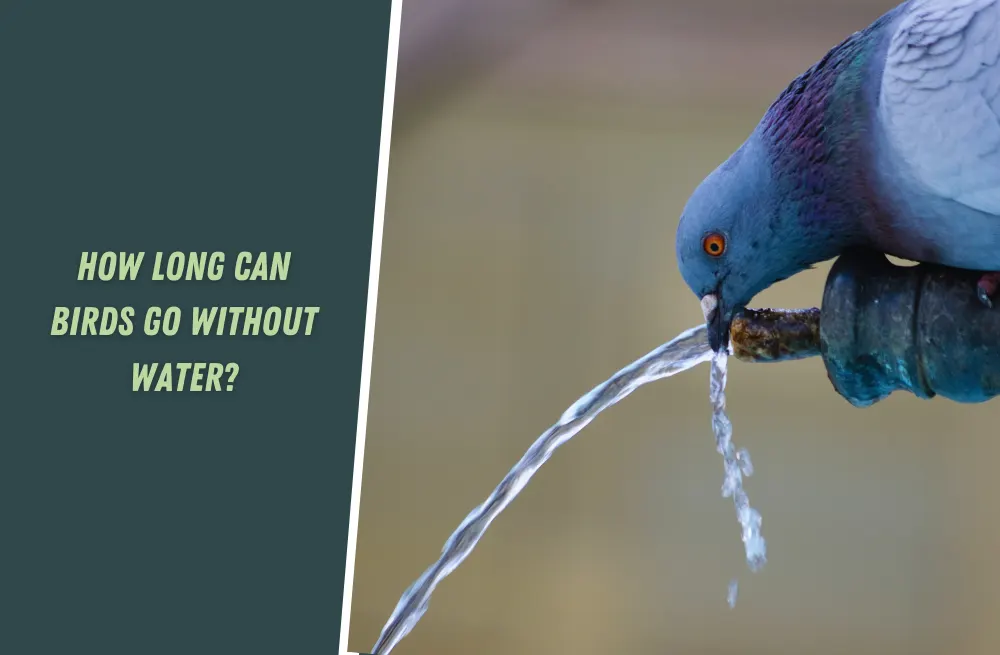Kangaroos are incredible jumpers and can pose challenges when it comes to protecting your property or crops. In this article, we will explore the steps and considerations involved in constructing a kangaroo-proof fence.
From selecting the right materials to designing the fence structure, we’ll provide you with valuable insights to help keep kangaroos at bay and safeguard your land.
Understanding Kangaroo Behavior
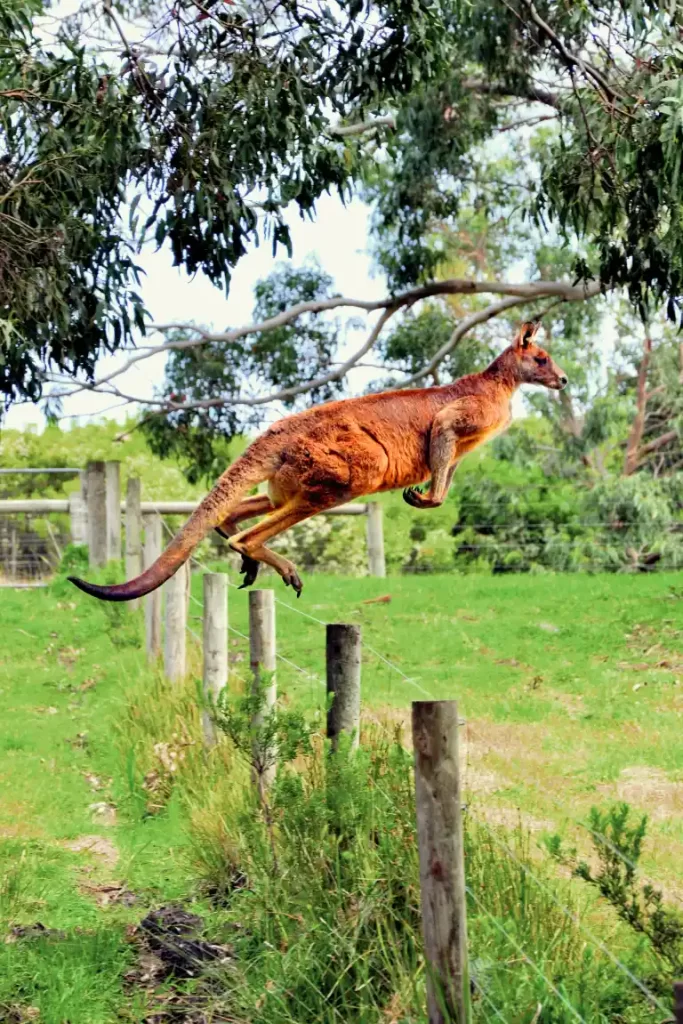
Kangaroos possess remarkable jumping abilities, making it crucial to understand their behavior when designing a kangaroo-proof fence. By taking into account their jumping capabilities and natural tendencies, we can create an effective barrier. Let’s delve into the two key aspects: kangaroo fence height and fence design.
Kangaroo Fence Height
Kangaroos are powerful jumpers, and their ability to clear obstacles is impressive. The appropriate fence height is a critical factor in preventing kangaroos from jumping over and accessing restricted areas. The height required will depend on the species of kangaroo present in the area. For example:
- Eastern Grey Kangaroo: This species can reach heights of up to 2 meters (6.5 feet) in a single jump. To effectively deter them, a fence height of at least 2.5 to 3 meters (8 to 10 feet) is recommended.
- Red Kangaroo: Red kangaroos are known for their incredible jumping abilities, capable of clearing heights up to 3 meters (10 feet) in a single leap. To prevent them from jumping over, a fence height of 3.5 to 4 meters (12 to 13 feet) is advised.
It’s important to note that these heights are general recommendations, and local factors such as kangaroo population density and specific behavioral patterns should also be taken into account when determining the ideal fence height.
Related: How High Can Kangaroos Jump?
Fence Design
Apart from fence height, the design of the fence plays a crucial role in deterring kangaroos from attempting to climb or squeeze through. Consider the following aspects when designing a kangaroo-proof fence:
- Solid Construction: Opt for sturdy materials and a solid construction that can withstand the force exerted by kangaroos. Reinforced metal or timber posts, strong wire mesh, or chain-link fencing are common choices for kangaroo fences.
- Smooth Surfaces: Kangaroos are less likely to attempt climbing if the fence has a smooth surface without footholds. Avoid using materials with wide gaps or horizontal bars that can be easily grasped.
- Mesh Size: Select a mesh size that prevents kangaroos from inserting their heads or bodies through the gaps. Smaller mesh openings, typically between 10 to 15 centimeters (4 to 6 inches), are effective in keeping kangaroos from squeezing through.
- Top Extensions: Adding extensions to the top of the fence can serve as an additional deterrent. These extensions can be in the form of angled wires or rollers, making it challenging for kangaroos to gain leverage or balance for jumping.
- Ground Clearance: Ensure the bottom of the fence is positioned close to the ground or buried underground to prevent kangaroos from crawling or digging under it.
By considering both fence height and design, we can create a kangaroo-proof fence that effectively deters them from attempting to jump over, climb, or squeeze through. However, it’s essential to consult with local experts or wildlife management authorities for specific recommendations tailored to your region and the kangaroo species present.
In the next section, we will explore suitable materials to use when constructing a kangaroo-proof fence, providing further insights into building an effective barrier.
Selecting Suitable Materials for a Kangaroo-Proof Fence
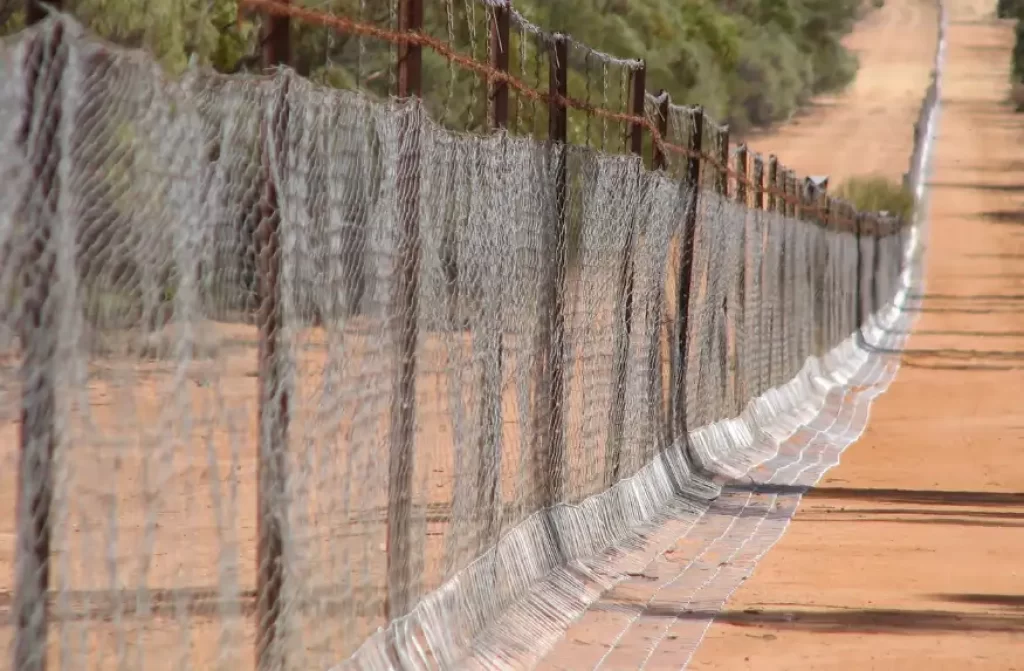
To ensure the effectiveness and longevity of a kangaroo-proof fence, it is crucial to carefully select appropriate materials. Consider the following factors when choosing materials for your fence:
Fence Material Strength
- Steel Mesh: Steel mesh is a popular choice for kangaroo-proof fencing due to its strength and durability. Opt for heavy-gauge wire mesh that can withstand the force exerted by kangaroos. Mesh with a wire thickness of at least 3-4 mm (0.12-0.16 inches) provides sufficient strength to resist bending or breaking under pressure.
- Chain-Link Fencing: Chain-link fences made of galvanized steel offer excellent strength and durability. The interlocking design of chain-link fencing provides stability and resists kangaroo attempts to break through.
- High-Tensile Wire: High-tensile wire is known for its exceptional strength and ability to withstand pressure. It is an ideal choice for larger fencing areas where flexibility and strength are required.
- Reinforced Timber: If a more natural look is desired, reinforced timber posts can be used for the fence frame. Combined with steel wire or mesh, this provides a sturdy and visually appealing option.
When selecting fence materials, it is important to consider the specific needs of your kangaroo-proof fence, including factors such as local weather conditions, fence height, and the species of kangaroo in the area.
Mesh Openings
- Mesh Size: The size of the mesh openings is crucial to prevent kangaroos from getting their heads or bodies stuck. Smaller mesh openings, typically between 10 to 15 centimeters (4 to 6 inches), are effective in keeping kangaroos from squeezing through.
- Mesh Strength: Besides the size of the openings, ensure that the mesh itself is strong and resistant to kangaroo pressure. Mesh with a heavy-gauge wire and sturdy construction will prevent kangaroos from damaging or breaking through the fence.
- Visibility: Consider using mesh with good visibility to avoid creating a visual barrier that could potentially stress or agitate the kangaroos. This allows them to see the other side of the fence and reduces the likelihood of attempted breaches.
By selecting materials that offer strength, durability, and appropriate mesh size, you can construct a kangaroo-proof fence that effectively deters kangaroos from entering or damaging protected areas. Remember to consult with local experts or wildlife management authorities for specific recommendations tailored to your region and the kangaroo species present.
In the next section, we will explore additional measures to reinforce the effectiveness of a kangaroo-proof fence, including proper installation techniques and maintenance considerations.
Fence Construction
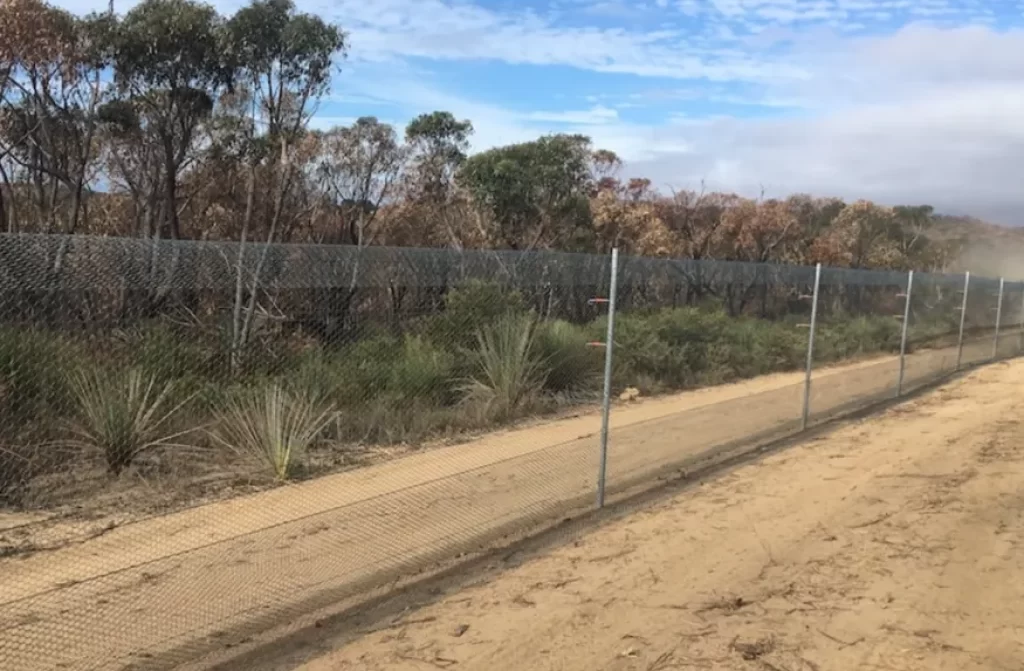
Foundation and Ground Clearance:
A solid foundation and sufficient ground clearance are essential components of a kangaroo-proof fence. Consider the following factors:
- Digging Prevention: Kangaroos are capable of digging, so it is important to create a barrier that prevents them from burrowing under the fence. Start by excavating a trench along the fence line and installing a sturdy foundation material such as concrete or steel mesh. This will deter kangaroos from attempting to dig underneath.
- Ground Clearance: Ensure that the bottom of the fence sits above ground level with enough clearance to discourage kangaroos from squeezing or crawling underneath. A ground clearance of at least 30 centimeters (12 inches) is generally recommended.
Vertical Supports and Bracing
To maintain stability and security, the fence should have sturdy vertical supports and bracing. Consider the following aspects:
- Post Material and Spacing: Use robust materials such as steel or treated timber for fence posts. The spacing between posts should be appropriate for the fence height and the strength of the chosen materials. Generally, a spacing of 2 to 3 meters (6 to 10 feet) is sufficient for most kangaroo-proof fences.
- Bracing: Install diagonal braces between posts to reinforce the fence’s structural integrity and prevent it from leaning or collapsing under pressure. Bracing provides additional support, especially in areas where kangaroo pressure is expected to be high.
Top Extensions and Overhangs
Top extensions or overhangs can effectively deter kangaroos from attempting to jump over the fence. Consider the following options:
- Extending Fence Height: Increase the fence height by adding a top extension made of sturdy materials such as mesh or additional fencing panels. This discourages kangaroos from attempting to jump over the fence, as it creates a taller and more challenging obstacle.
- Overhanging Design: Create an overhang by angling the top of the fence outward. This design can further discourage kangaroos from attempting to scale the fence, as they will encounter an unstable or unwelcoming surface.
By implementing these construction techniques, you can create a robust kangaroo-proof fence that effectively deters kangaroos from accessing protected areas. It is important to consult with local authorities or wildlife management experts for specific recommendations tailored to your region and the kangaroo species present.
In the next section, we will discuss additional measures to enhance the effectiveness of a kangaroo-proof fence, including ongoing maintenance and monitoring.
Additional measures to enhance the effectiveness of a kangaroo-proof fence
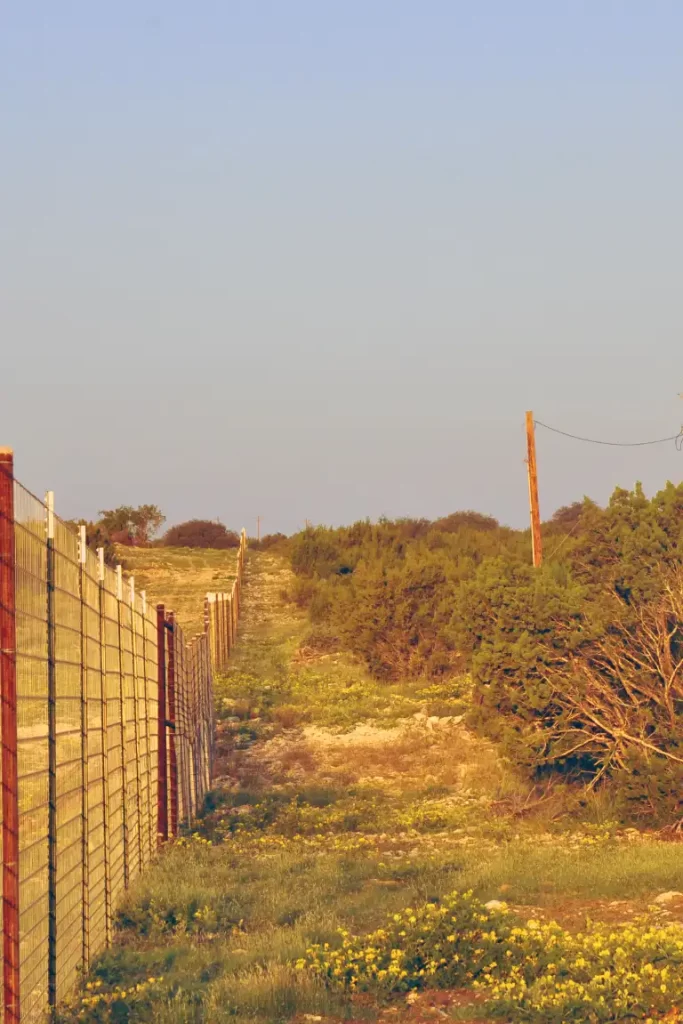
A solid foundation and sufficient ground clearance are essential components of a kangaroo-proof fence. Consider the following factors:
- Digging Prevention: Kangaroos are capable of digging, so it is important to create a barrier that prevents them from burrowing under the fence. Start by excavating a trench along the fence line and installing a sturdy foundation material such as concrete or steel mesh. This will deter kangaroos from attempting to dig underneath.
- Ground Clearance: Ensure that the bottom of the fence sits above ground level with enough clearance to discourage kangaroos from squeezing or crawling underneath. A ground clearance of at least 30 centimeters (12 inches) is generally recommended.
Vertical Supports and Bracing
To maintain stability and security, the fence should have sturdy vertical supports and bracing. Consider the following aspects:
- Post Material and Spacing: Use robust materials such as steel or treated timber for fence posts. The spacing between posts should be appropriate for the fence height and the strength of the chosen materials. Generally, a spacing of 2 to 3 meters (6 to 10 feet) is sufficient for most kangaroo-proof fences.
- Bracing: Install diagonal braces between posts to reinforce the fence’s structural integrity and prevent it from leaning or collapsing under pressure. Bracing provides additional support, especially in areas where kangaroo pressure is expected to be high.
Top Extensions and Overhangs
Top extensions or overhangs can effectively deter kangaroos from attempting to jump over the fence. Consider the following options:
- Extending Fence Height: Increase the fence height by adding a top extension made of sturdy materials such as mesh or additional fencing panels. This discourages kangaroos from attempting to jump over the fence, as it creates a taller and more challenging obstacle.
- Overhanging Design: Create an overhang by angling the top of the fence outward. This design can further discourage kangaroos from attempting to scale the fence, as they will encounter an unstable or unwelcoming surface.
Additional Deterrents
In addition to the physical aspects of the fence, incorporating additional deterrents can enhance its effectiveness in deterring kangaroos. Consider the following options:
- Electric Fencing: Electric fencing can serve as an effective deterrent by delivering a mild electric shock to kangaroos that come into contact with the fence. This can discourage them from attempting to breach or interact with the fence. It is important to follow safety regulations and consult with professionals when installing and using electric fencing.
- Visual and Auditory Deterrents: Utilize visual and auditory stimuli to deter kangaroos from approaching the fence. This can include the use of scare devices such as reflective tapes, flags, or noise-emitting devices that create unfamiliar sounds or movements. These deterrents can disrupt kangaroo behavior and make them less inclined to approach the fence.
By incorporating these additional deterrents, you can reinforce the effectiveness of the kangaroo-proof fence and further discourage kangaroos from attempting to breach it. However, it is important to consider local regulations and consult with wildlife management experts to ensure the use of these deterrents is humane and safe for both kangaroos and other wildlife in the area.
In the next section, we will discuss ongoing maintenance and monitoring practices to ensure the long-term effectiveness of a kangaroo-proof fence.
Regular Maintenance of a kangaroo-proof fence
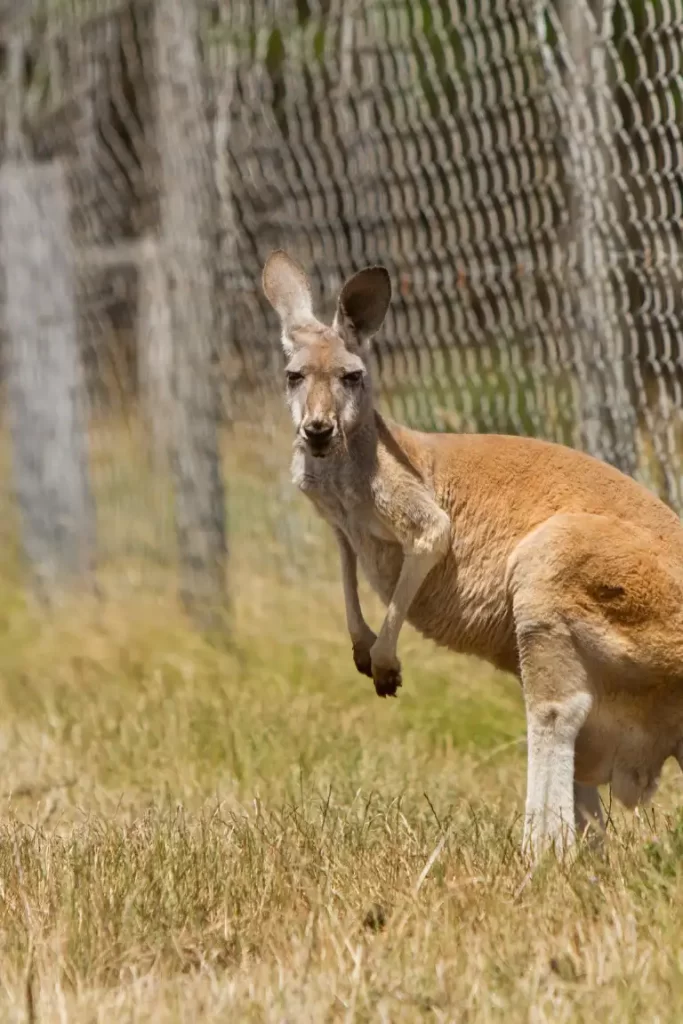
Fence Inspections
Regular inspections are crucial to ensuring the ongoing effectiveness of a kangaroo-proof fence. Here are key points to consider:
- Frequency: Conduct routine inspections at least once every few months or after significant weather events that may impact the fence’s integrity, such as storms or heavy rainfall. Additionally, inspect the fence after any suspected kangaroo activity in the area.
- Damage Identification: Thoroughly examine the entire fence, paying close attention to areas that may be prone to wear or damage, such as corners, gate entrances, or areas with high kangaroo activity. Look for signs of damage, including broken or loose wires, bent posts, or gaps in the fencing material.
- Repair and Maintenance: Promptly address any identified damage or weak areas. Replace or repair damaged sections of the fence, tighten loose wires, and reinforce weak spots. This will help maintain the integrity and effectiveness of the kangaroo-proof fence.
Vegetation Control
Controlling vegetation around the fence perimeter is essential to prevent kangaroos from using overhanging branches or nearby vegetation as a means to access the property. Consider the following steps:
- Clearing Overhanging Branches: Trim any tree branches or vegetation that overhang the fence line. Kangaroos can use these branches as leverage to jump over the fence. Maintain a clearance of at least 2 to 3 meters (6 to 10 feet) to deter kangaroos from attempting to access the property from above.
- Removing Vegetation Near the Fence: Keep the area around the fence clear of dense vegetation, shrubs, or tall grasses. Kangaroos may attempt to hide or seek cover in dense vegetation before attempting to breach the fence. Regularly mow or trim vegetation to create a clear zone around the fence.
- Consider a Buffer Zone: In areas with high kangaroo populations, it may be beneficial to create a buffer zone adjacent to the fence. This zone can be kept clear of vegetation to discourage kangaroos from approaching the fence in the first place.
By conducting regular inspections and performing necessary repairs, as well as maintaining proper vegetation control, you can ensure the long-term effectiveness of the kangaroo-proof fence. Regular maintenance efforts are crucial to preventing potential breaches and ensuring that the fence remains a reliable barrier against kangaroo intrusion.
Related pages
- What do Kangaroos Look like When They are Born?
- Human vs Kangaroo: Who Wins the Ultimate Fight?
- How Many Kangaroos are there in Australia?
- What do Kangaroos Eat in the Desert?
- Can Kangaroos Move Their Legs Independently?
Conclusion
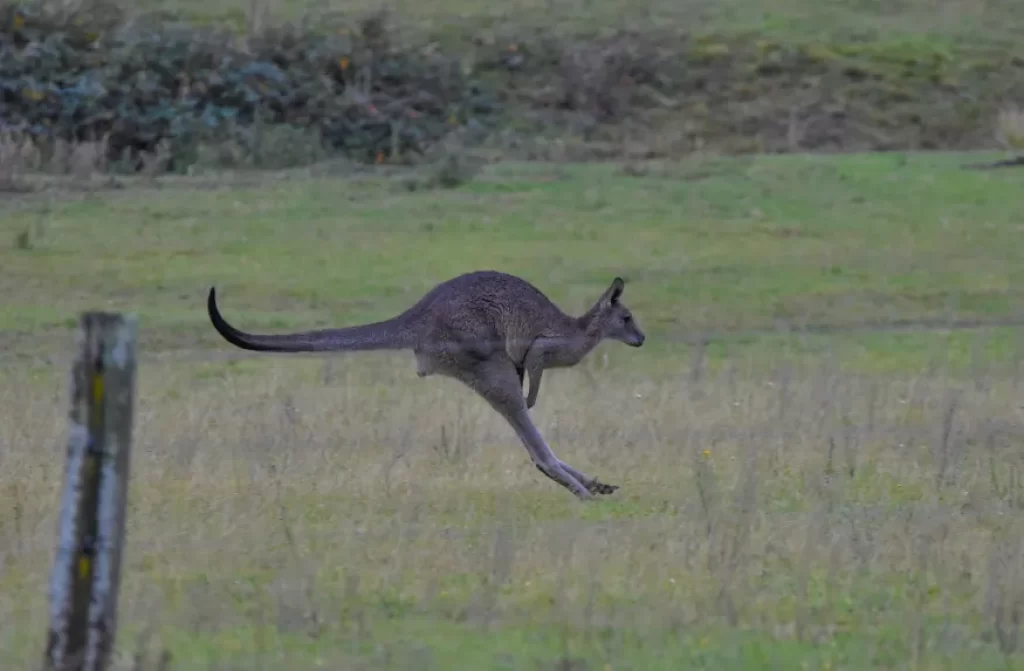
Constructing a kangaroo-proof fence requires careful planning, appropriate materials, and a good understanding of kangaroo behavior. By following the guidelines outlined in this article, you can create a sturdy and effective barrier to protect your property from kangaroo intrusions.
Remember to consider local regulations and consult with professionals for specific advice to ensure your fence meets the requirements for your area. With a well-designed kangaroo-proof fence, you can enjoy peace of mind knowing your property is secure from these incredible jumpers.






